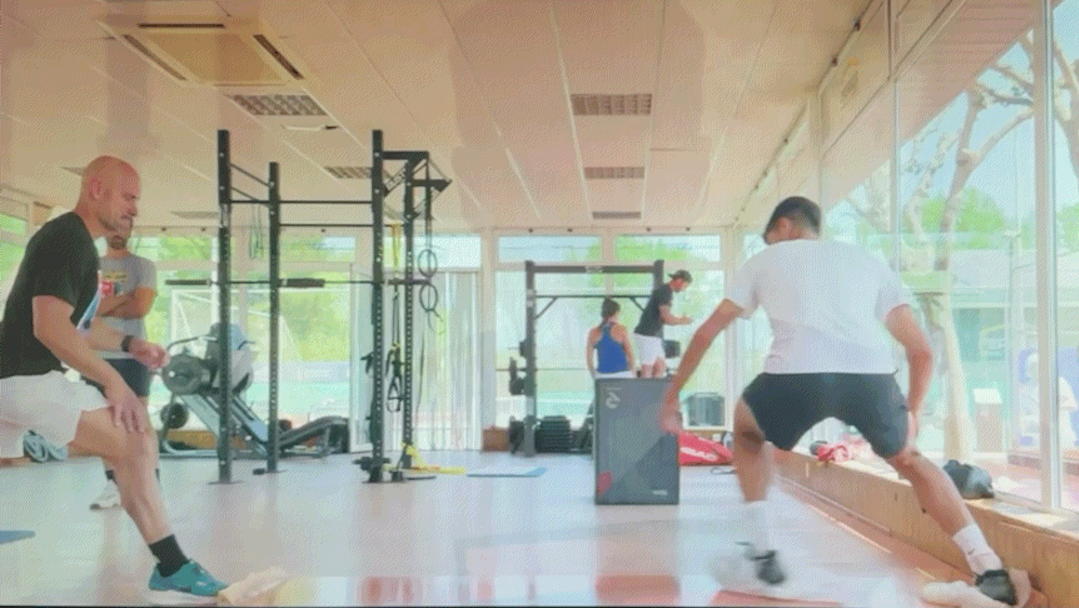This week’s tennis training topic is another exercise that made a brief appearance in the new Netflix documentary, “Break Point.” Shortly before the 19-minute mark of S1E1, there is a glimpse of Taylor Fritz performing side lunges for hip mobilization as he warms up for a match at the Australian Open. This is an exercise that should also be in your match preparation routine.
There are a lot of variations of side lateral lunges, but I am going to describe the one that Fritz was doing in this instance. Basically you start in a wide stance with your feet about a foot wider than your shoulders with your toes pointing forward. Keeping the left leg straight, bend your right knee and push the hips back almost as if you’re sitting into a chair. Then shift your weight to the opposite side by straightening the right knee and bending the left while keeping the hips on a level plane.
Tennis requires players to quickly change direction on the court. Consequently, flexibility and range of motion in the hip joints is essential for mobility. Side lateral lunges also challenge balance and stability which is important for hitting the ball with control. It is a great exercise for loosening up the hips before training or competing which significantly reduces potential injuries.
Side lateral lunges don’t require any equipment or the support of a trainer. It only takes a couple of minutes a day to perform enough reps to make a significant difference in your hip mobility. This is something ridiculously easy to do to make a significant difference in your game.
Here is a short video that demonstrates the technique.




FYI this is called a “Cossack Squat”